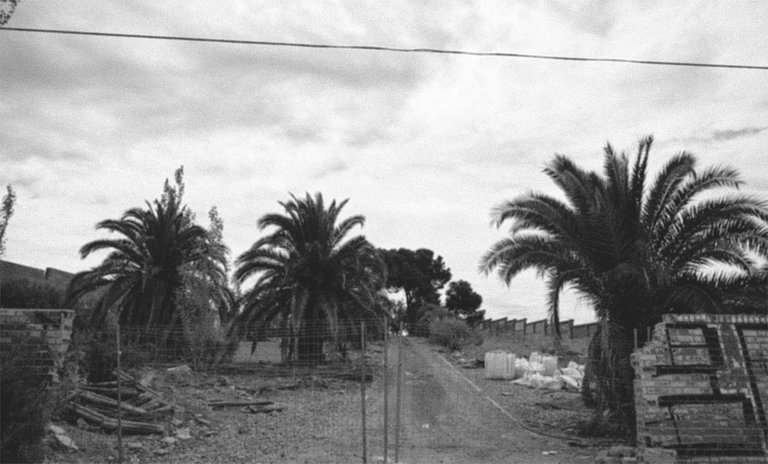
The Non-landscapes
In October 1975 a group exhibition opened at the George Eastman House International Museum of Photography (Rochester, New York, https://www.eastman.org/) that would open a new path in contemporary photography in the genre of landscape and the architectural object: “New Topographics: Photographs of a Man-Altered Landscape”. It remained at the museum for several months and eventually became itinerant. The photographers who participated in this exhibition were: Robert Adams, Lewis Baltz, the couple Bernd and Hilla Becher, Frank Gohlke, Nicholas Nixon and Stephen Shore (http://www.stephenshore.net/m/index.php). Except for the latter, none of them have an official website and all of them, except for the Becher couple (Düsseldorf, Germany), were Americans. The exhibition showed photographs of what was considered the new American landscape, but modified by the hand of man through residential constructions, industrial exploitations, business complexes... The natural landscape ceased to be natural.
In 1992, the French anthropologist and ethnologist published “Non-places. Space of anonymity. An anthropology of overmodernity” (Non-lieux. Introduction á une anthropologie de la surmodenité, Edition de Seuil, 1992. Colection La Librairie du XXé siecle, under the direction of Maurice Olender). In this short essay he defined his concept of non-place as those undefined “places”, which we pass through but with which we do not establish any emotional link because they are totally impersonal and temporary. Examples of these places would be airport terminals, hotels for a stopover on a trip, shopping malls (all identical to each other wherever they are), stores of thousands of square meters on the outskirts of cities with labyrinthine distributions... When we cease to be present in them we feel no emotional loss.
It is difficult nowadays to walk through the countryside and not find any reference or element of the hand of man that does not modify a natural space and that does not make you feel that you are not in nature. The photos were taken on any given day, in an undetermined point of the geography of the province of Madrid, far enough away from a population center but still...
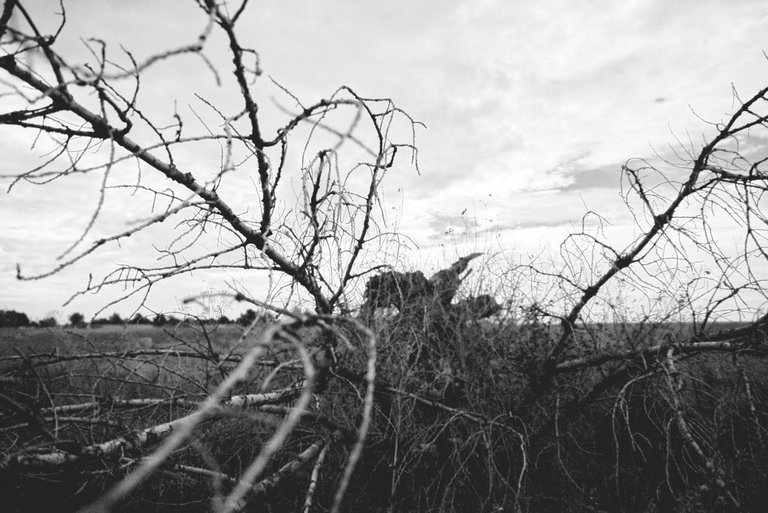
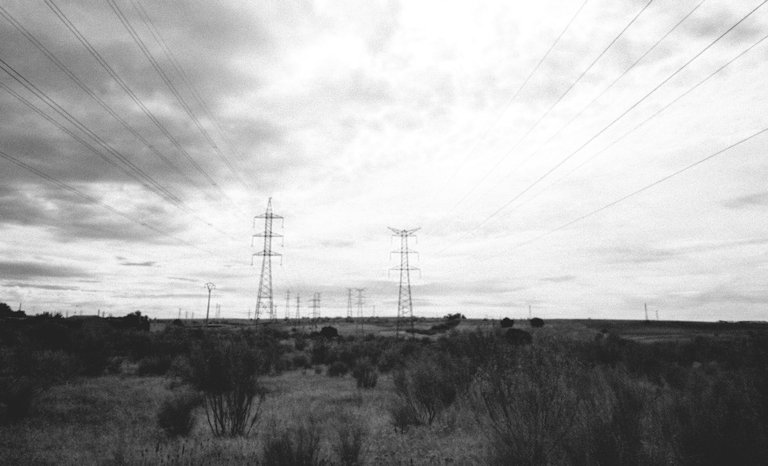

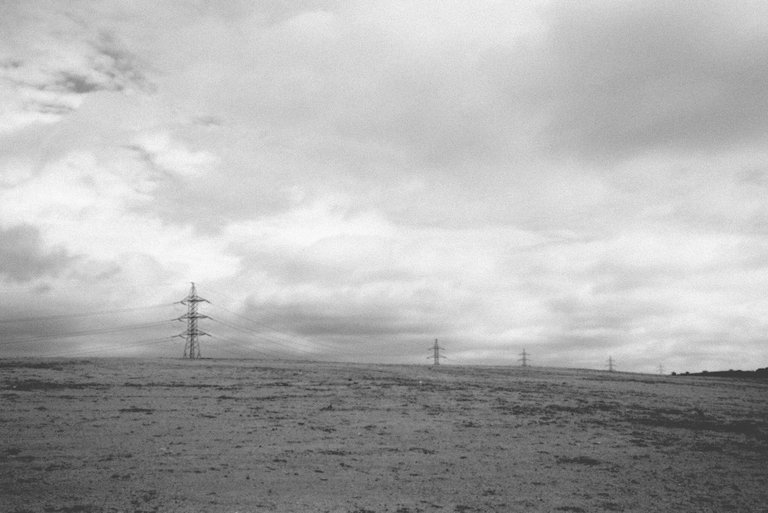
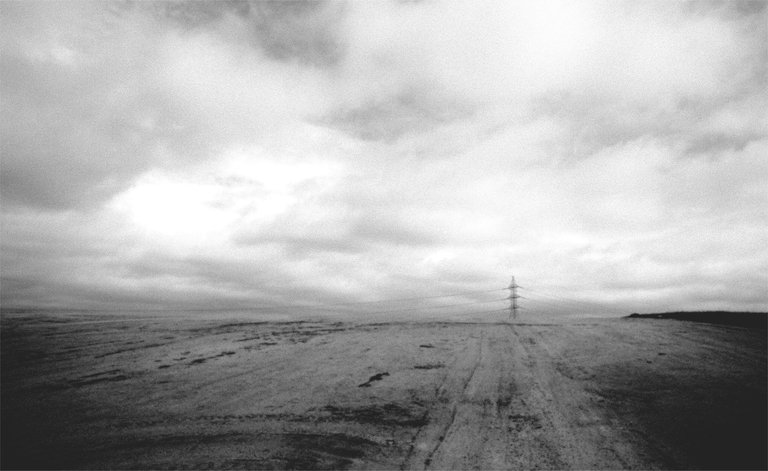
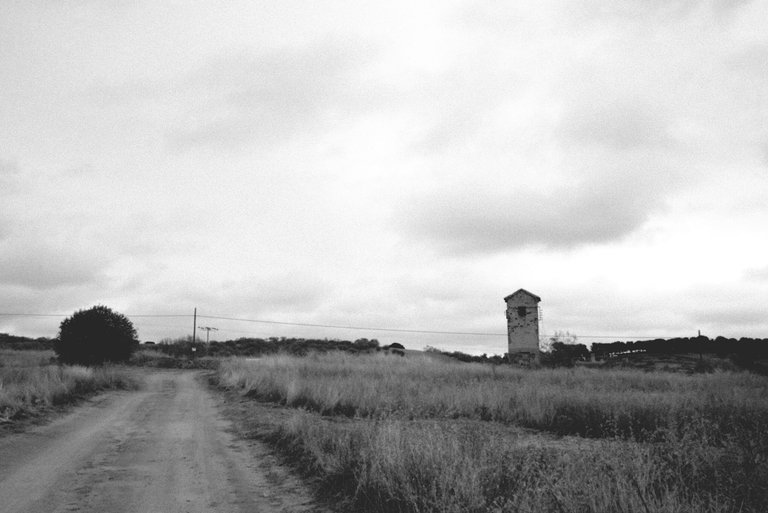
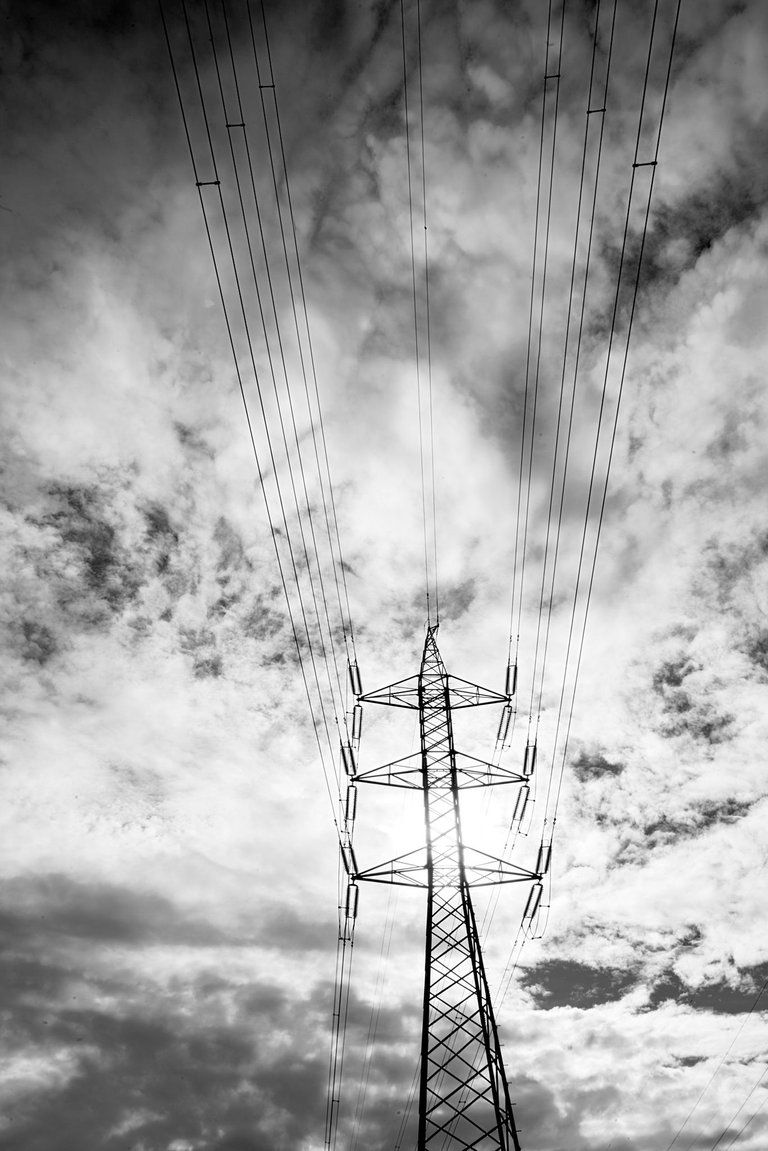
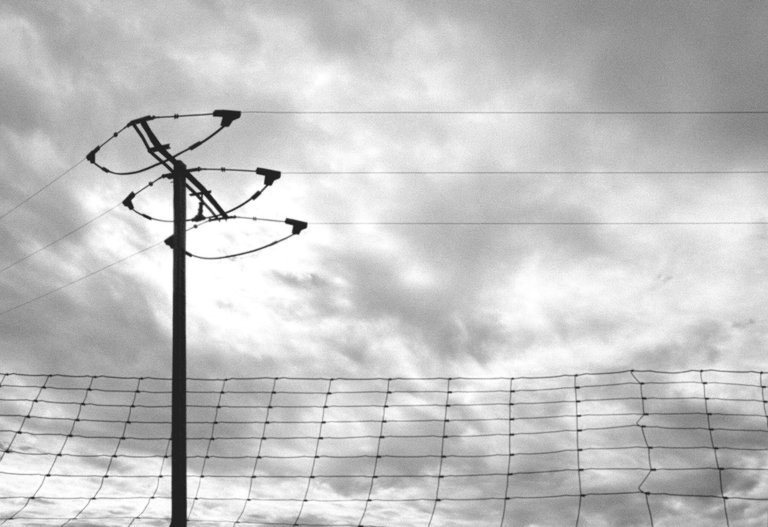
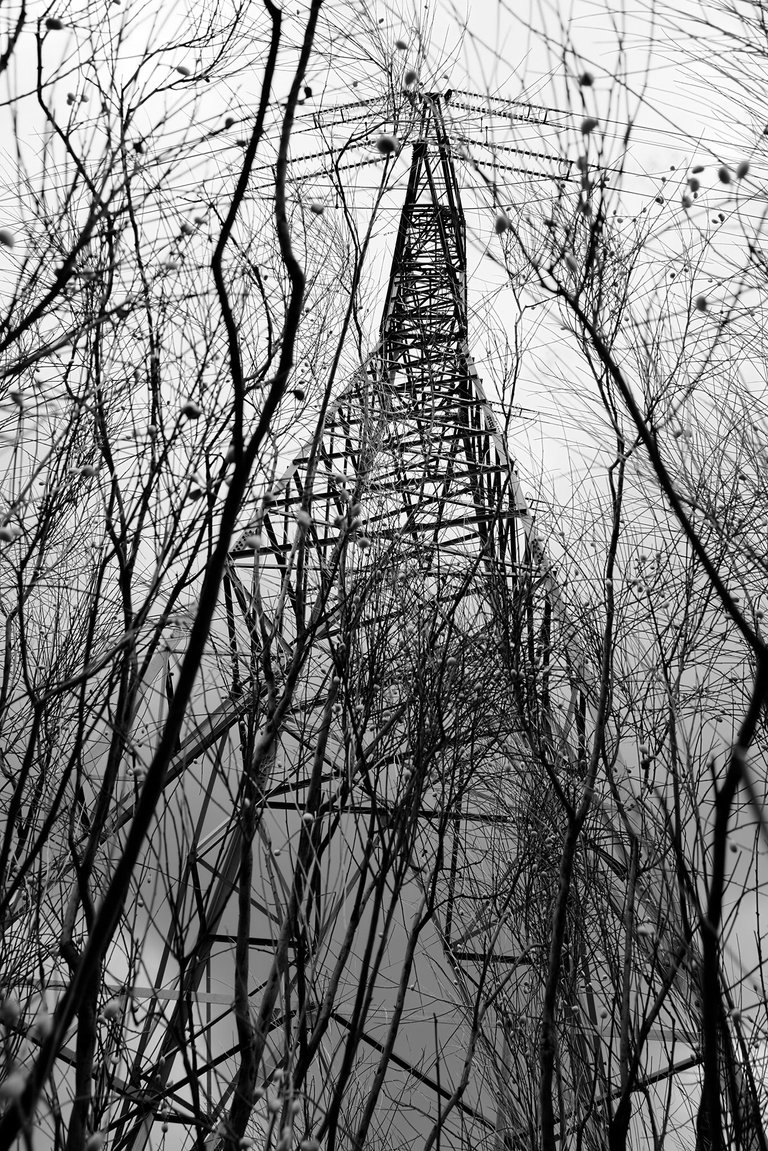
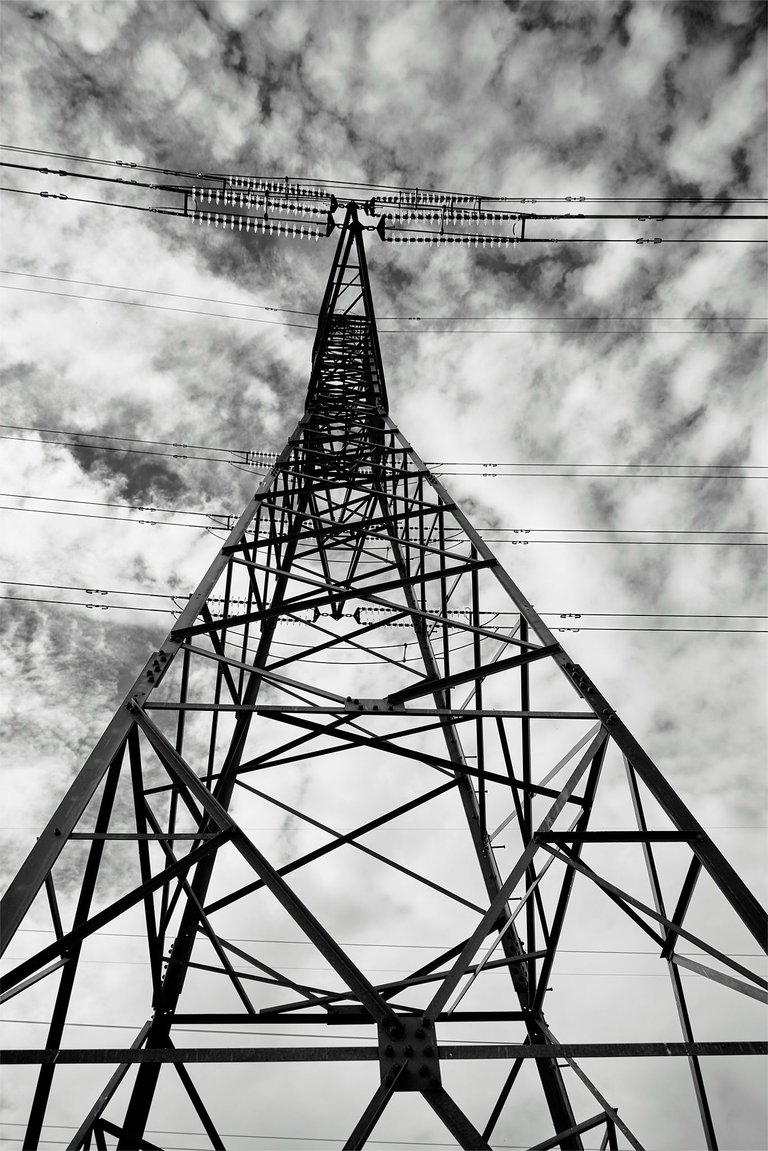
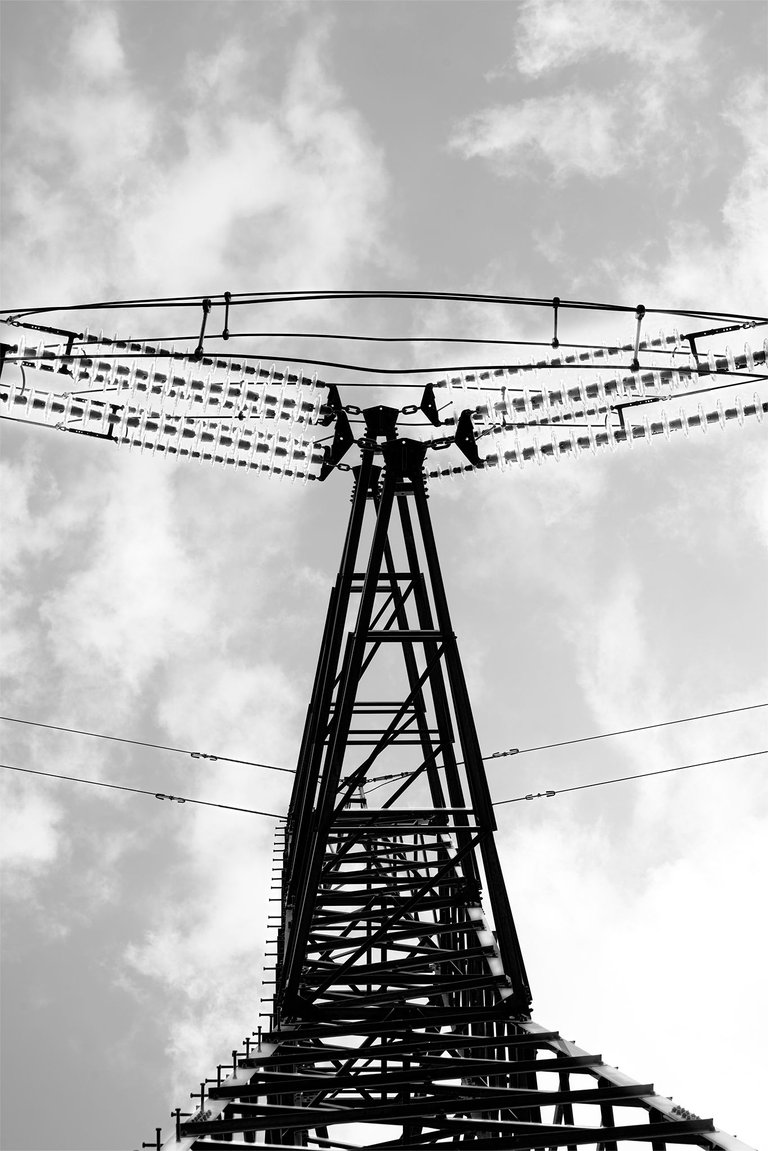
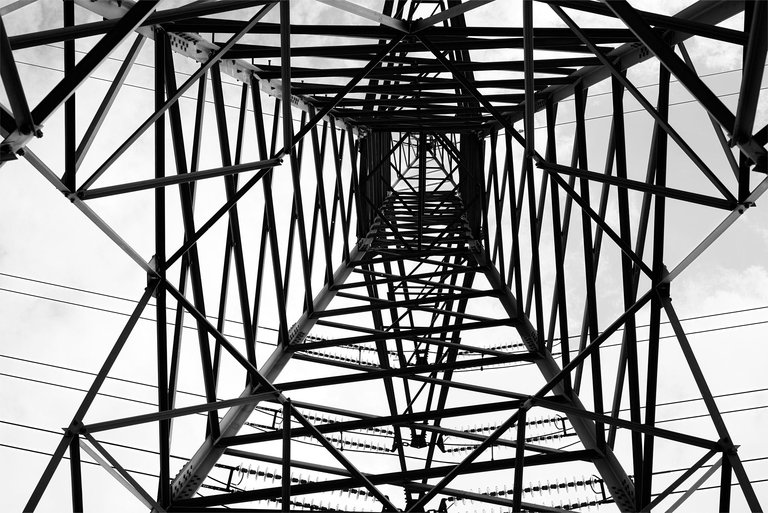

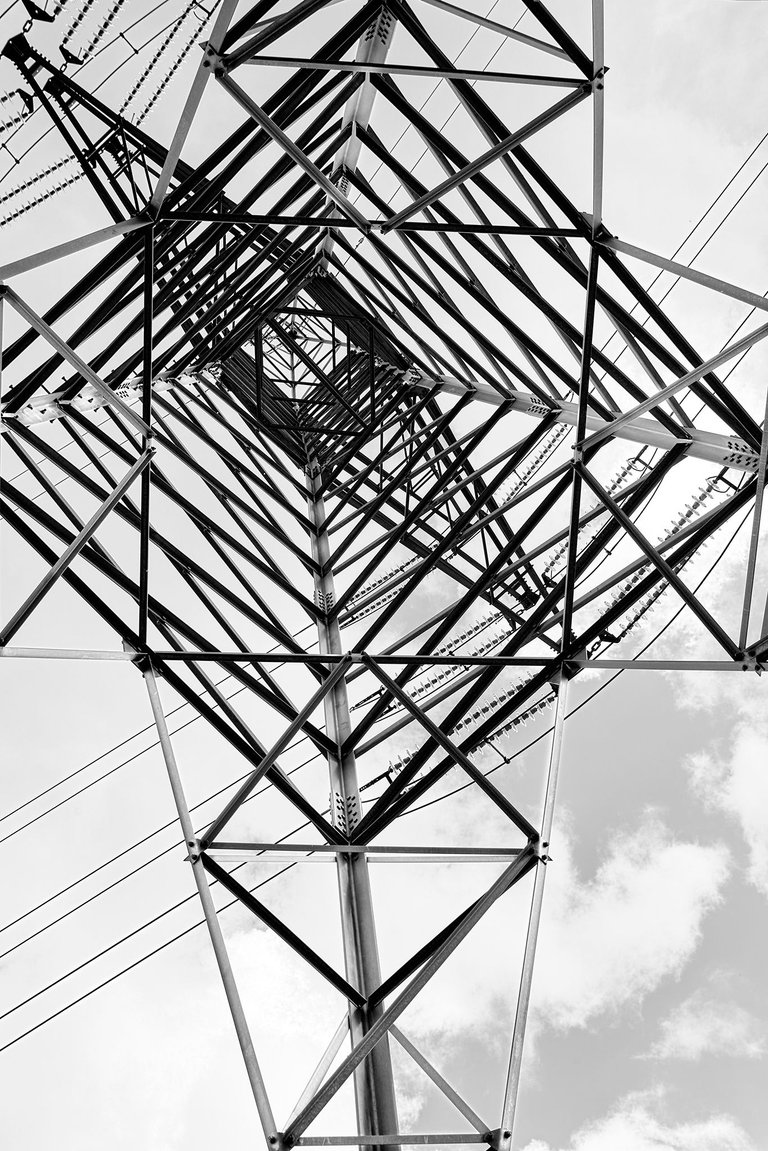
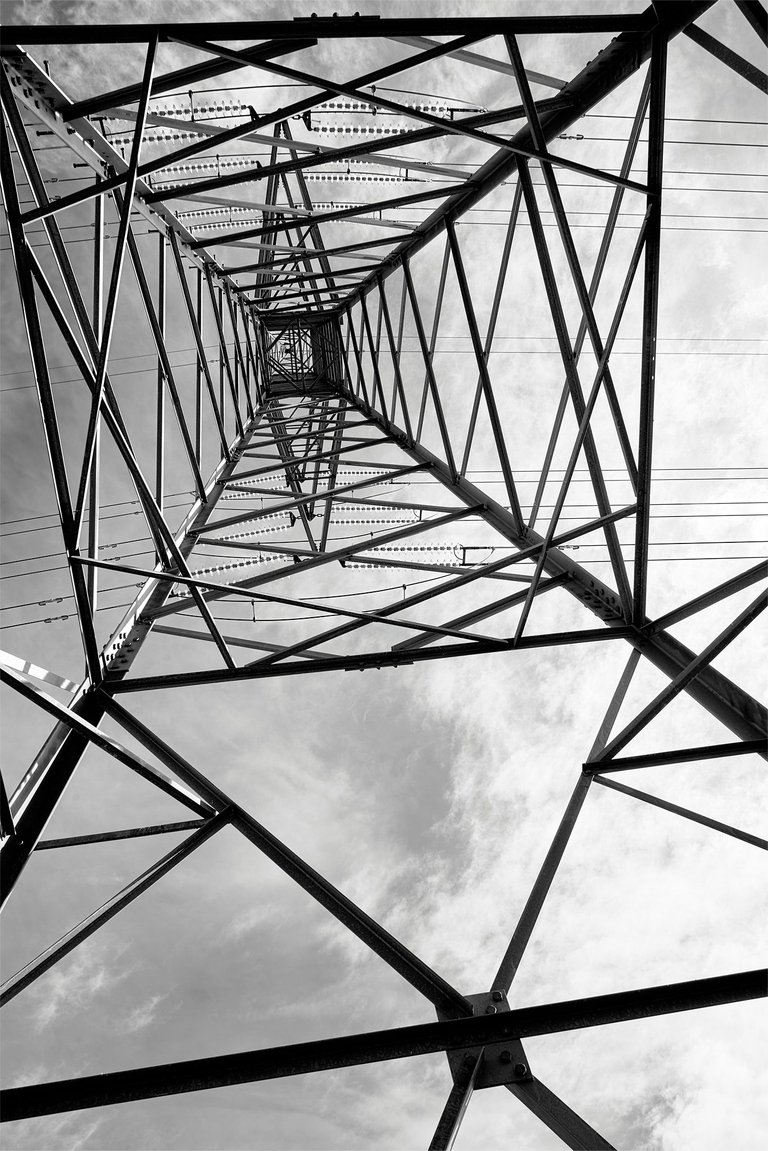
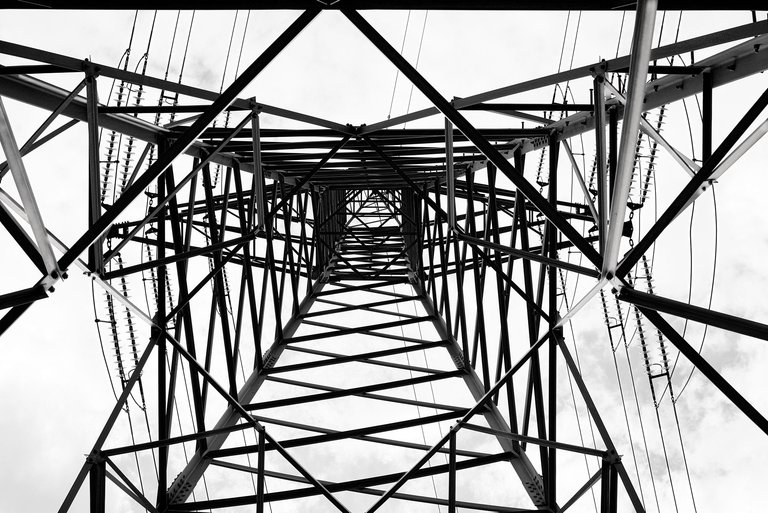
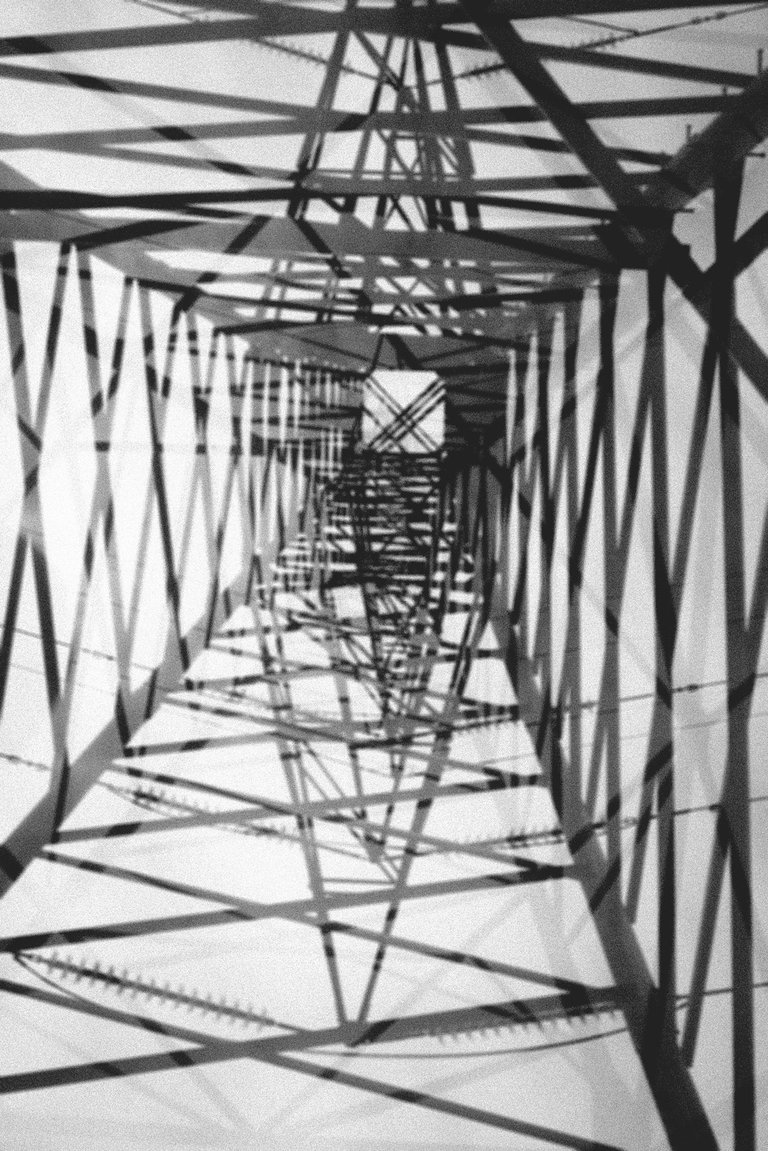
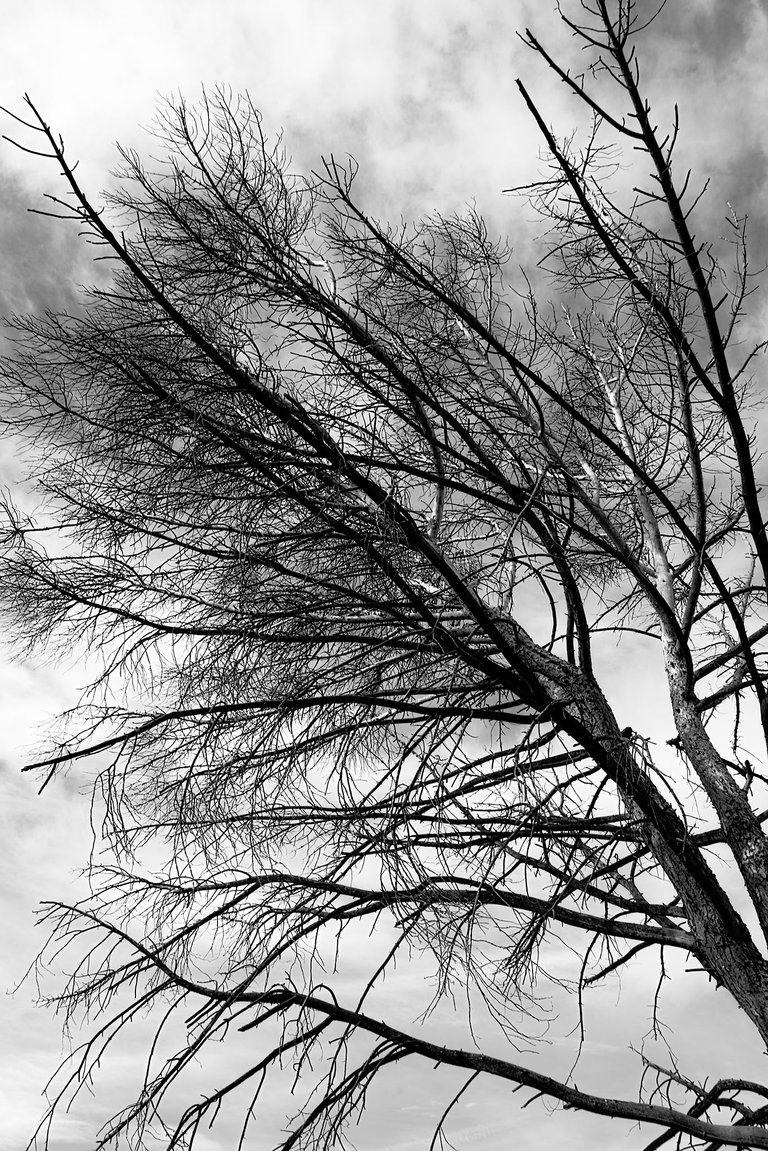
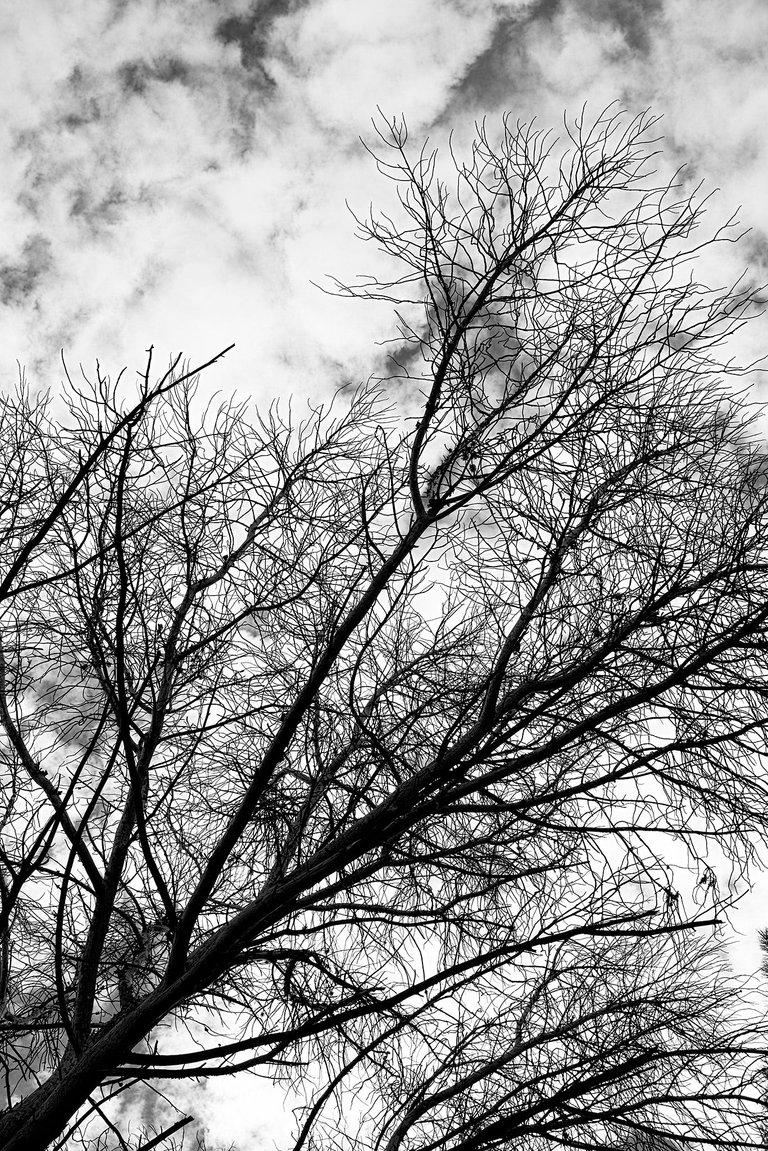
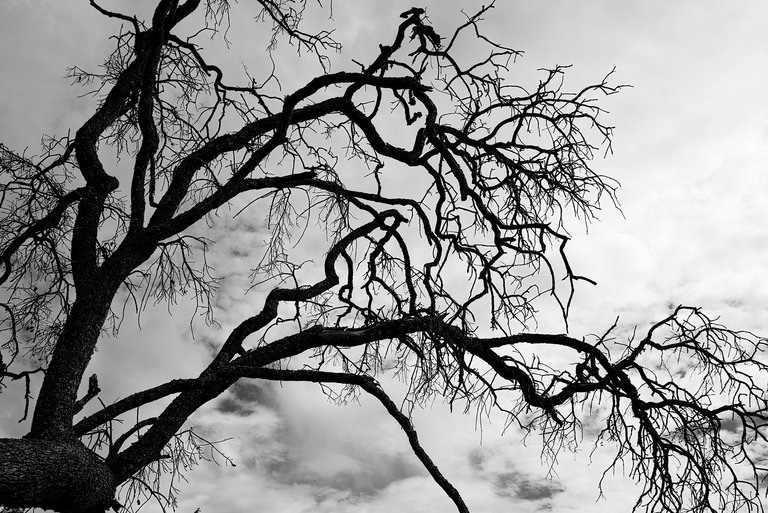
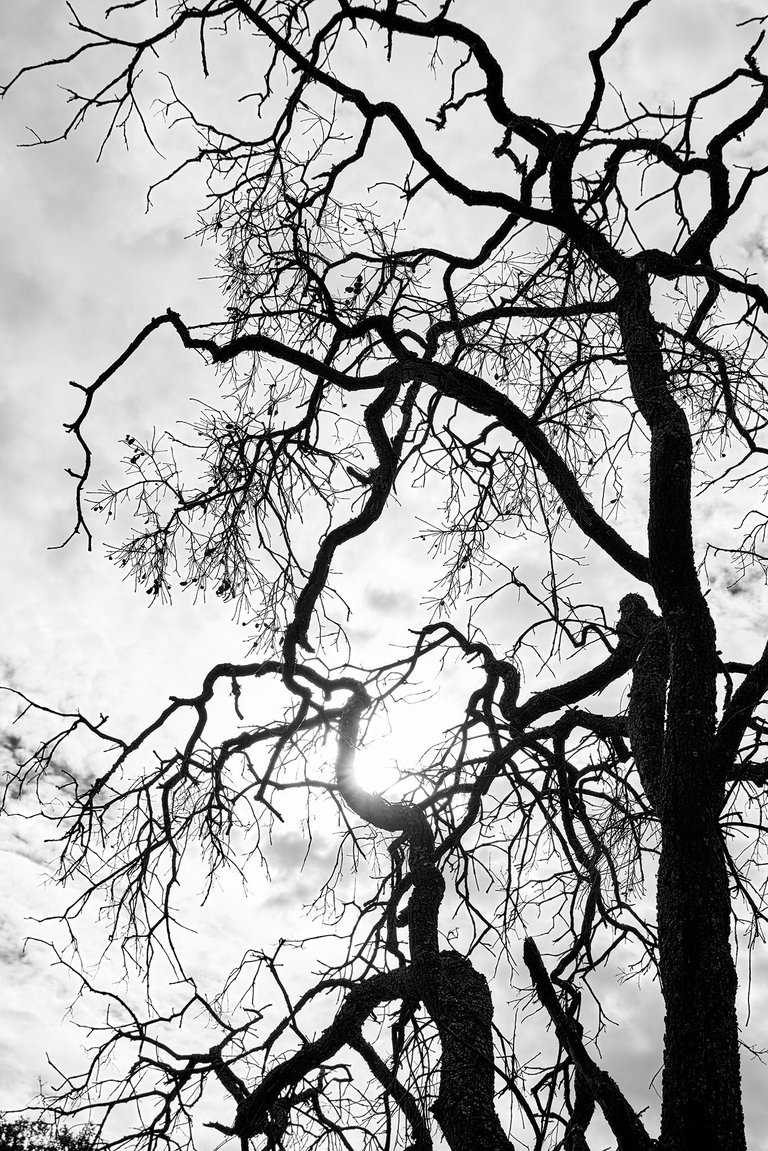
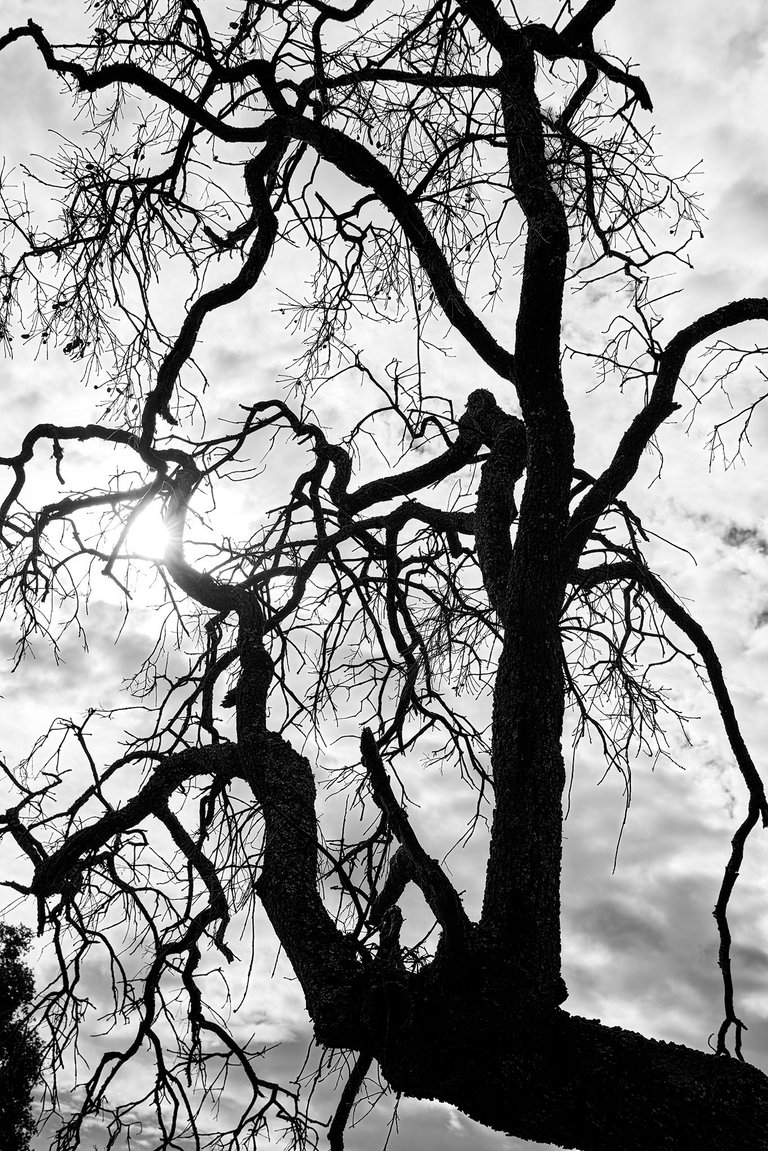
This text has been translated from my native Spanish with the translator DeepL Translate.
I found the text very interesting, it is true that the footprint of human activity leaves its mark even in places where not a soul lives. The negative of this reality is that Nature is present in any human population, even in the most modern ones.
Those structures that we see in the countryside, and those places of passage can be loaded with meanings, at least for me they are. I do not pass by them with indifference, in fact I want to upload some photos on this subject.
About the photos I really like the first ones, they have an air of apocalypse that reaches me.
A hug.